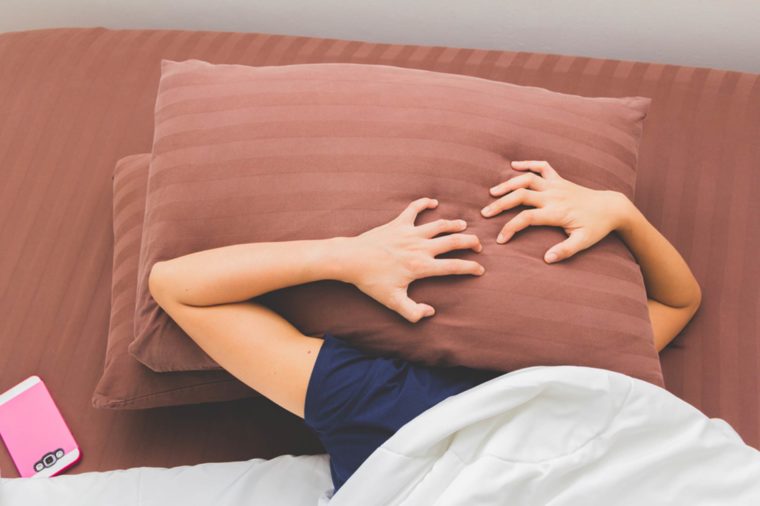Sleep is one of the most important parts of our lives. So when you’re not getting the right amount of sleep, problems arise when you’re awake. These are four common sleep disorders and what you can do about them.
1. Insomnia
Definition: Trouble falling or staying asleep at least three nights a week for three months or longer.
Signs: Daytime fatigue; moodiness; problems with attention and memory; anxiety about sleep.
Causes: Stress; depression; alcohol and/or caffeine use; substance abuse; irregular sleep schedule.
Try first: Cognitive behavioural therapy for insomnia, also known as CBT-I. Benefits are often seen in four to six sessions with a therapist.
Try next: Prescription medication may help, but seek the guidance of a doctor.
2. Sleep apnoea
Definition: Breathing pauses of 10 or more seconds in bed. About one in four adults ages 30 to 70 have it.
Signs: Loud, frequent snoring; choking or gasping sounds; morning headaches; unrefreshing sleep.
Causes: Overweight; older age; narrow neck/throat; alcohol use; smoking; narcotic pain meds.
Try first: Control weight, smoking and/or drinking; sleep on your side; raise your upper body with a wedge pillow when sleeping on your back.
Try next: A continuous positive airway pressure (CPAP) device used while sleeping to deliver gentle air pressure via a mask to keep your airway open.
3. Restless legs syndrome
Definition: Neurological disorder causing an uncomfortable leg sensation when sitting or lying down.
Signs: Itching, crawling, burning or throbbing that worsens at night, creating the urge to move your legs.
Causes: Low iron; diabetes; meds (antidepressants, antihistamines); sometimes the cause is unknown.
Try first: Iron supplements if needed; stretching; massage; moderate exercise; reducing caffeine or alcohol; quitting smoking.
Try next: An anticonvulsant or dopaminergic agent. (Note: these medicines treat symptoms but not the problem.)
4. Narcolepsy
Definition: Your brain loses control of its sleep-wake cycles. Sudden “sleep attacks” can occur.
Signs: Extreme daytime sleepiness; hallucinations when falling asleep; sleep paralysis.
Causes: Deficiency in hypocretin (neurotransmitter involved in sleep-wake cycle); sometimes unknown.
Try first: Scheduled naps; exercise; no caffeine, alcohol, nicotine, heavy meals; consult a behavioural sleep medicine specialist.
Try next: Antidepressants; stimulants; sodium oxybate. (Note: these medicines treat symptoms but not the problem.)
Fuente: www.health24.com
